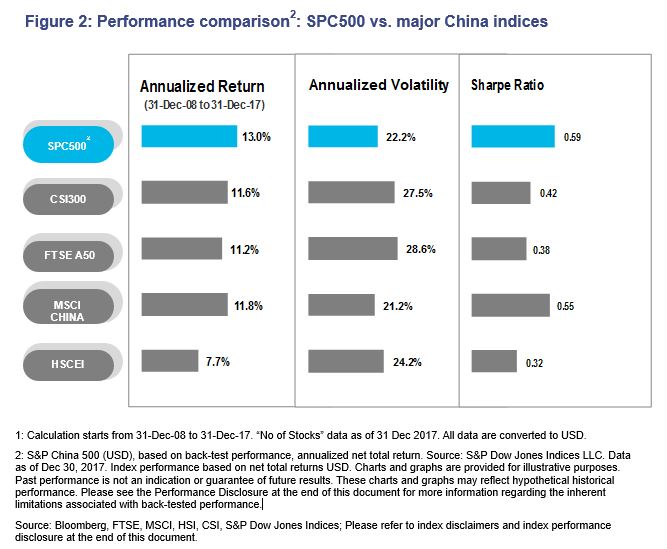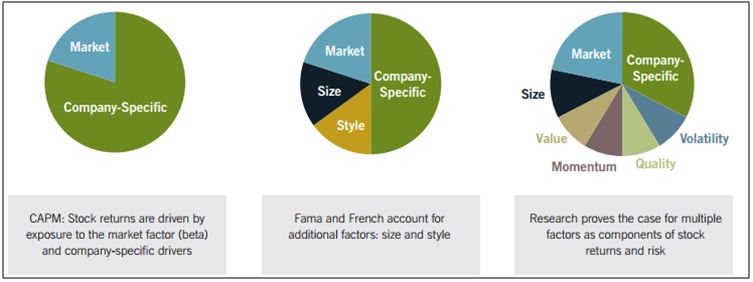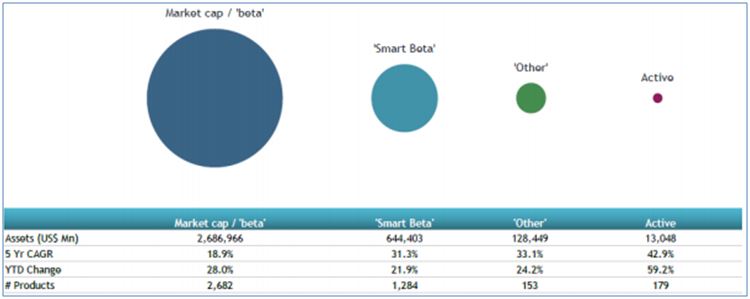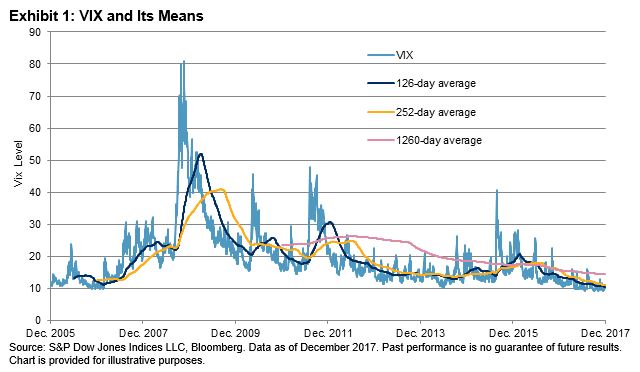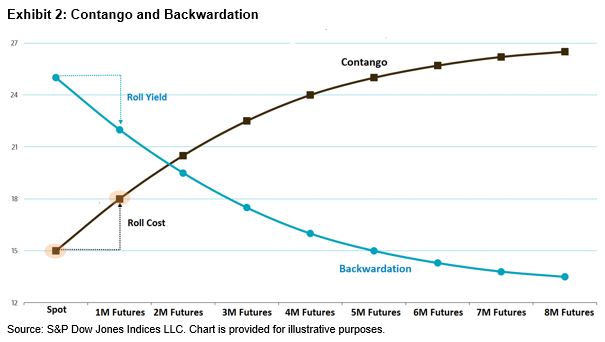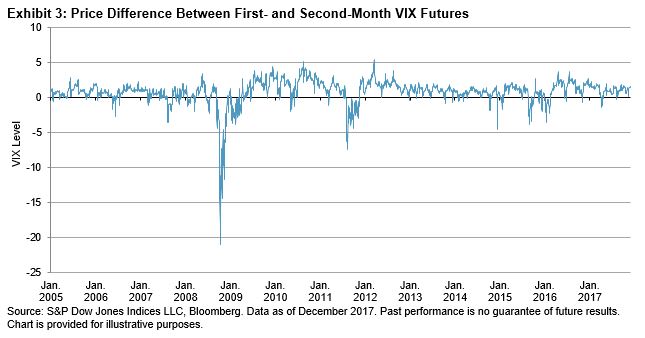Consider this thought experiment: You “know” that 499 of the companies in the S&P 500® will return exactly 5% next year. One will return 100%. You have no way to determine which stock will be the big winner, or to know or infer anything about its characteristics. You can invest in either a cap-weighted S&P 500 index fund, or an equal-weighted S&P 500 index fund. What should you do?
We can begin by noticing that 120 of the 500 issuers in the S&P 500 are weighted at more than 0.20%—i.e., they have a higher weight in the cap-weighted index than in its equal-weighted counterpart. 380 issuers are weighted more heavily in equal-weight. We face a binomial choice—either equal-weight or cap-weight—and the “success” of that choice will be determined entirely by which index has a relatively higher weight in the one stock that’s up 100%. Since we are completely agnostic about the stock in question, choosing the equal-weighted index gives us a 76% probability of success.
Our example, of course, is artificial for any number of reasons, but it does illustrate an important truth: positively skewed returns favor equal-weight indices. Anyone who’s read a prospectus knows that past performance is no guarantee of future results. But past performance has indeed taught us two key lessons:
- Historical gains in equity markets have been driven by a relatively small number of stocks.
- The identity of these stocks is unknown—and generally unknowable—in advance.
The first point—the skewness of market returns—is clear in historical data. In 23 out of the past 27 years, the median stock in the S&P 500 has underperformed the return of the average stock. We see similar results in other markets. And if the second point were not true, we would not observe consistent underperformance from active managers.
These two points help us to understand a third:
To be sure, equal weighting does not always lead to success. For example, 2017 was an outlier, as the S&P 500, driven by a handful of large technology stocks, outperformed the S&P 500 Equal Weight. But the equal-weighted index has outperformed in 16 of the past 28 years, by an average margin of 1.5% annually. One reason for this record is the ability of equal-weight indices to take advantage of the positive skew in stock market returns.
The posts on this blog are opinions, not advice. Please read our Disclaimers.




